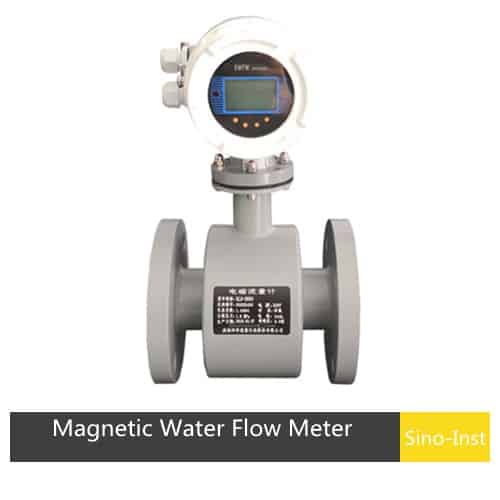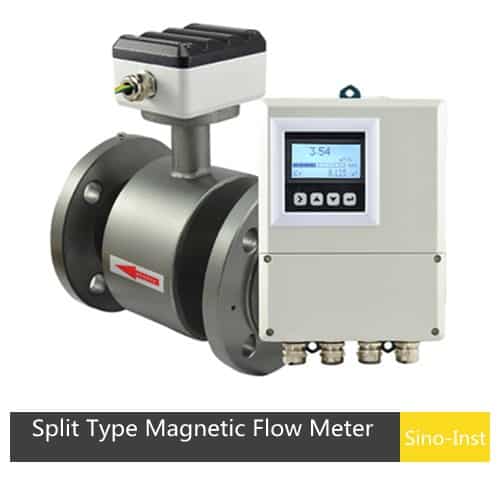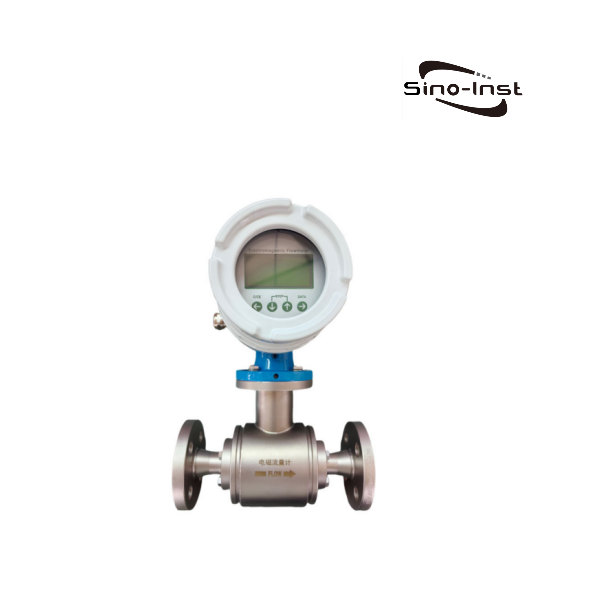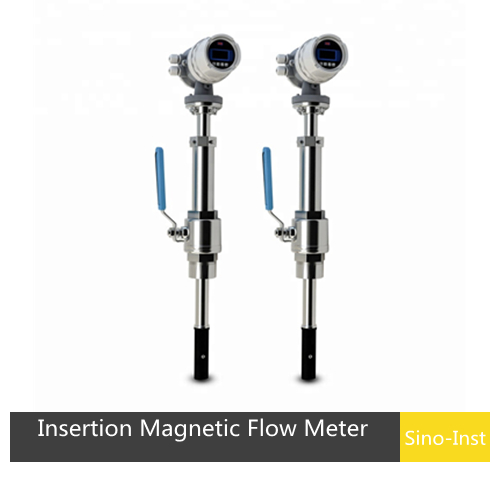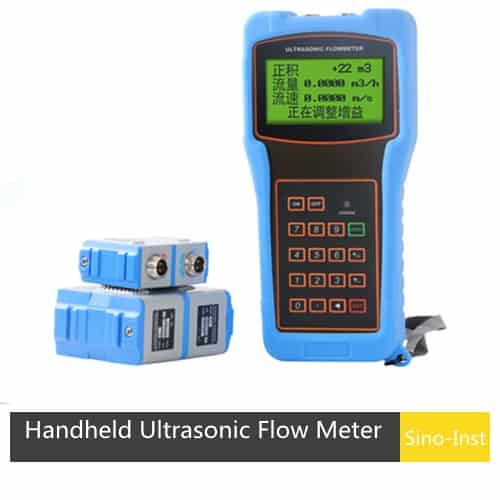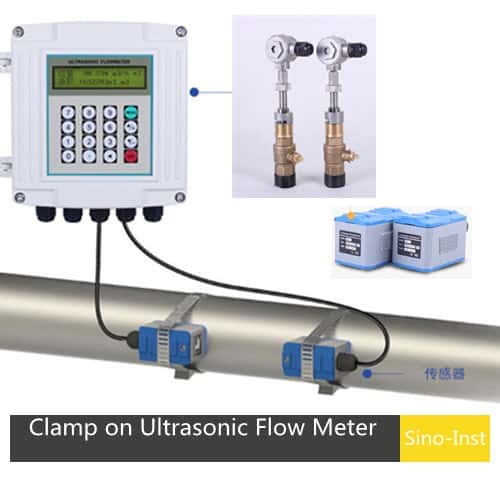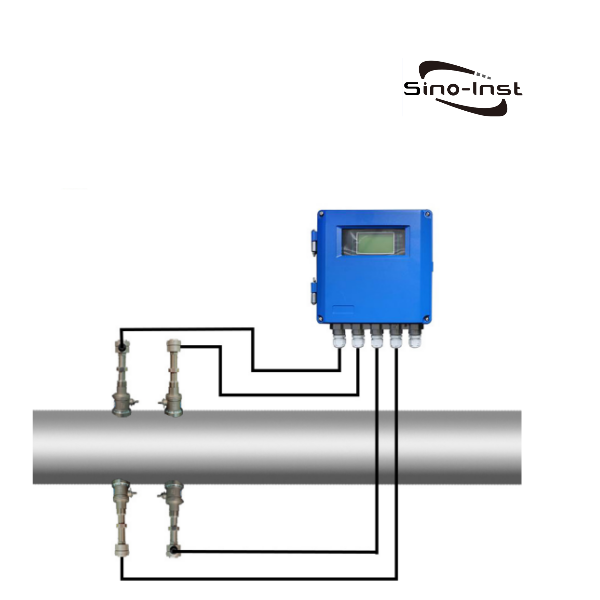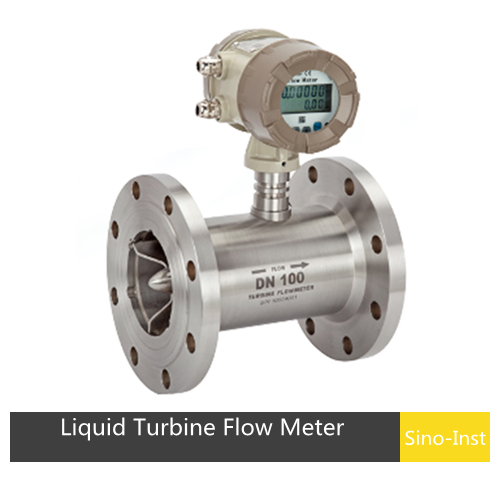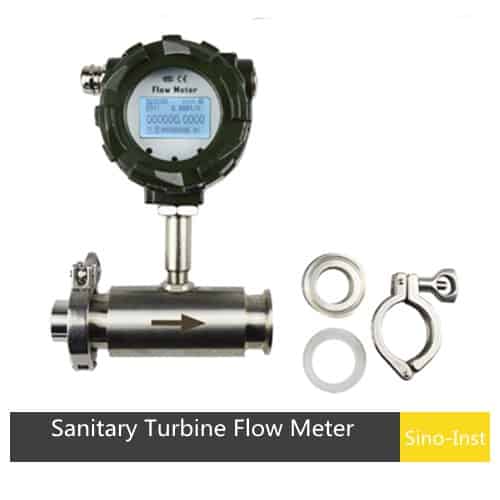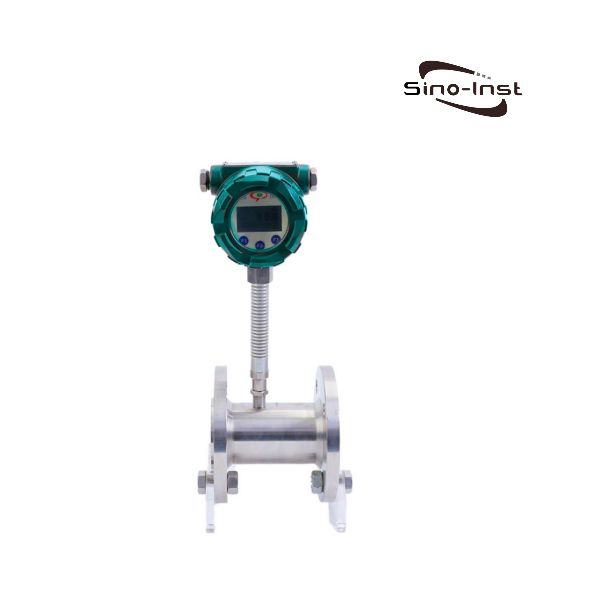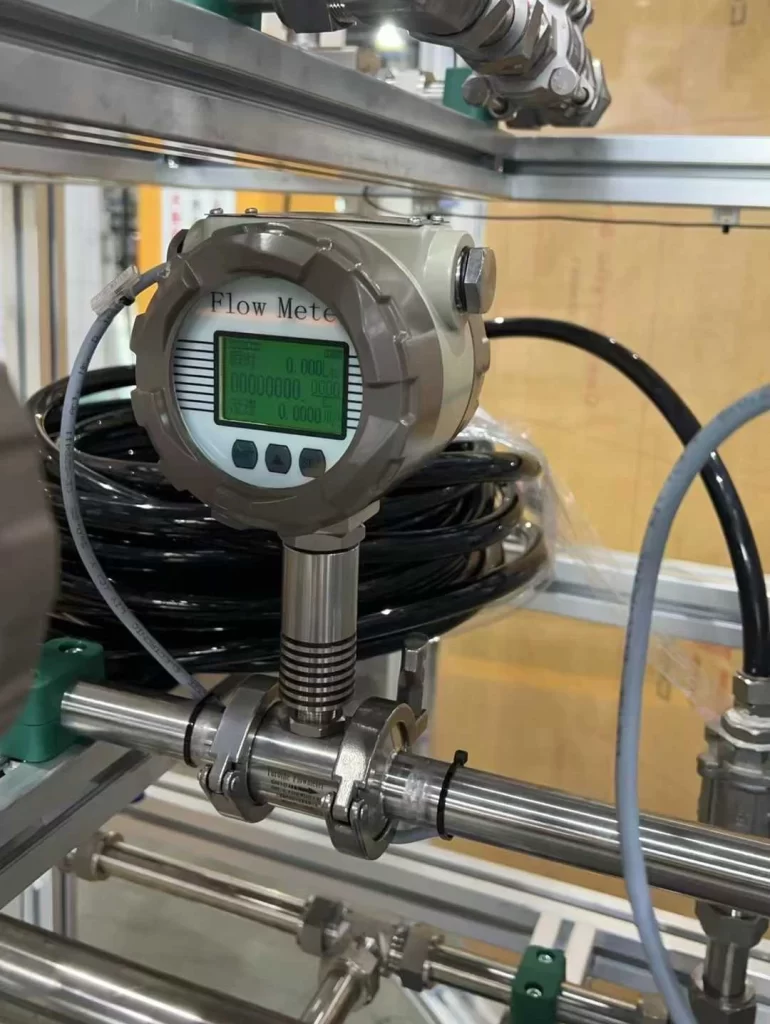
Raw water is water that has not undergone any treatment. It is found in natural sources and reserves, in surface and groundwater bodies. Likewise, fresh water is also found naturally on the Earth’s surface, such as ice, wetlands, ponds, lakes, rivers, streams, and groundwater. It usually has a low concentration of dissolved salts and solids.
Water flow meters are critical instruments used to measure the flow rate of water in various applications. Raw and fresh water flow meters serve the same fundamental purpose of measuring water flow, design, and technology.
Flow Meters for Raw and Fresh water: Let’s explore more
Depending on the nature of the raw water and fresh water, different types of flow meters are used:
Electromagnetic Flow Meters (Mag Meters) – Ideal for raw water and fresh water as they do not have moving parts and can measure flow in large pipelines.
Untreated water or Raw water has not been treated and still has parasites, minerals, ions, and other particles present in them. Rainwater, water from natural bodies like lakes, rivers, and other freshwater bodies, groundwater, and water from infiltration wells are all different forms of raw water.
Raw water is used in construction and rearing animals. The electromagnetic flowmeter of the raw water measures the conductivity, usage, and total flow rate of raw water pipes.
The requirements and applications of water measured with an electromagnetic flowmeter are dependent on the application, maintenance, and type of electromagnetic flow meters used. It ranges from insertion (for large pipes) flow meters to Inline flow meters (the most accurate flowmeter for reading high accuracy or high flow rates) and other types of electromagnetic flow meters.
Ultrasonic Flow Meters – Use sound waves to determine flow rate. They are commonly used in non-contact applications.
Ultrasonic meters, unlike mechanical meters, don’t have any moving parts that contact the water, making them ideal for measuring raw and fresh water bodies. These meters provide precise water flow rate sensor data, even at low-flow conditions, making them crucial in applications where consistent measurement is essential.
An ultrasonic digital water flow meter offers real-time flow rate measurements, ensuring quick detection of any changes or irregularities.
Without moving parts, ultrasonic flow meters require less maintenance and are more reliable over the long term compared to traditional industrial water flow meters. More about Ultrasonic Clamp On Flow Meter – For Easier Water Flow Measurement.
Turbine Flow Meters – Suitable for cleaner raw water but can be affected by debris or particulate matter.
The impeller, which is of modern design, rotates on stainless spindles mounted in the measuring chamber. The impeller is made of self-cleaning synthetic resin. The helix aligns with the pipe axis. The complete metering unit is easily removable from the meter body and is designed to ensure high flow-rate with the minimum head loss.
More about: Turbine Water Flow Meter: A Versatile And Reliable Choice For Water Flow Measurement.
Applications of Raw Water and Fresh Water Flow Meters
Water Treatment Plants – Used to monitor the flow of raw water before it undergoes purification.
Industrial Processes – Industries that use untreated water for cooling, processing, or production rely on raw water flow meters.
Agriculture and Irrigation – Farmers and irrigation systems use raw water flow meters to manage water distribution efficiently.
Municipal Water Supply Systems – Used to measure the volume of raw water entering treatment facilities.
Monitoring water flow- Freshwater flow meters are used to accurately measure and monitor water flow in various applications, including water utilities, irrigation, industrial processes, and even in homes, ensuring efficient water management and resource optimization
Benefits of Using a Raw Water and Fresh Water Flow Meter
- Accurate Measurement – Helps in monitoring and managing water consumption.
- Cost Efficiency – Prevents wastage and optimizes usage in industrial and agricultural applications.
- Durability – Designed to handle the harsh conditions associated with untreated water.
- Real-time Monitoring – Some models provide remote data access and real-time monitoring.
- Water Conservation – Encourages efficient water usage to minimize wastage.
How to Choose the Right Flow Meter for Your Needs
- Water Quality – Determine whether the water is raw or treated to select a suitable meter type.
- Flow Rate and Pipe Size – Choose a meter that matches the expected flow rate and pipeline dimensions.
- Accuracy Requirements – Some applications, such as billing and regulatory compliance, require highly accurate meters.
- Installation Environment – Consider factors like temperature, pressure, and pipe material.
- Maintenance and Durability – Select a meter that requires minimal maintenance and can withstand environmental conditions.

More Flow Measurement Solutions
- BTU Meter Optimizes Energy Efficiency of Hot and Cold Water Systems
- Pulse Output Flow Meters for Better Water Flow Measurement
- Role of Hydrostatic Level Transmitters In Well Water Level Monitoring Process
- Industrial Water Pressure Measurement and Monitoring
- Choosing the Right Inline Water Flow Meter
- Application of Electromagnetic Flowmeter in Paper Mill Slurry Wastewater Treatment System
- Cooling Water Flow Measurement
- Flow Meters for Domestic Water-Potable Water-Drinking Water
- Wastewater flow meter
- Water Flow Meter Types
Raw water flow meters and fresh water flow meters are necessary for monitoring and managing water usage in different applications. Understanding and selecting the right type based on application needs can lead to improved water management, cost savings, and efficient resource utilization.
By investing in the right flow meter, industries, municipalities, and households can ensure accurate measurement, optimize water usage, and contribute to sustainable water management practices.
Sino-Inst is a favourite choice in the market for it’s flow measurement solutions. Different categories of electromagnetic flow meters, ultrasonic and turbine flow meters are available in our product list, which are useful as raw and fresh water flow meters.
-1.jpg)
